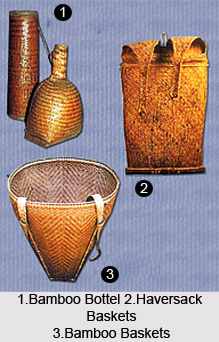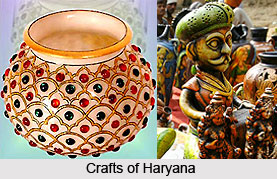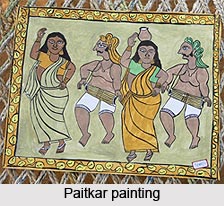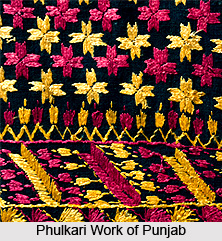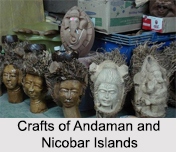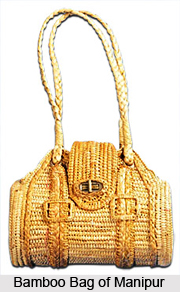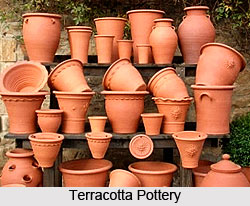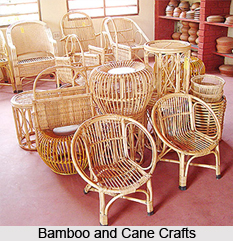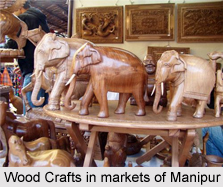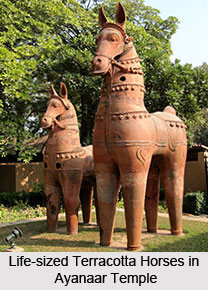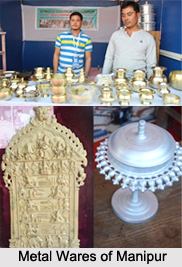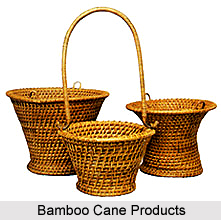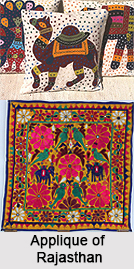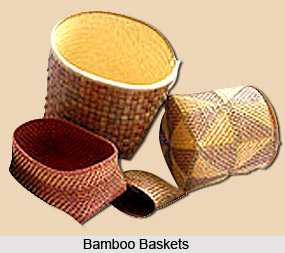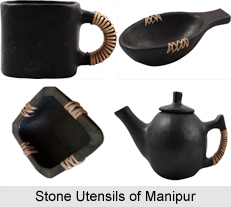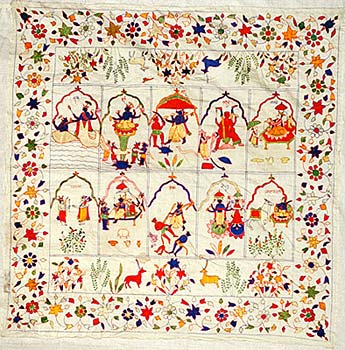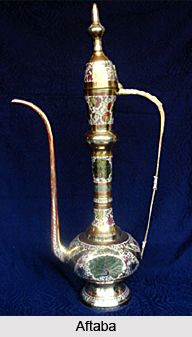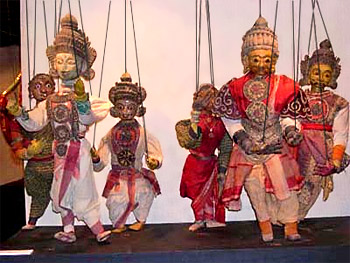"Tawlhloh-Puan" is another beautiful piece of fabric manufactured and used by the Mizo Kuki tribes of Manipur. "Tawlhloh" in Mizo dialect implies to stand firm, not change position and/or not move backward. Tawlhloh Puan was thus indicative of the never turning back attitude of a warrior, who would put it on. It was a cloth that could not be donned by anyone except a very courageous warrior who had established for himself a reputation for such bravery.
Design of Tawlhloh Puan
In its original design, Tawlhloh Puan used to be a cloth about two metres in length and about one and a half metres in breadth, with a white surface. Four black stripes were made of four inter-twisted threads that gave a chain like appearance to the stripes. Two of these chain like stripes running breadth wise were so arranged that they divided the whole cloth into three equal portions. The other two stripes were woven along the vertical edges of the Puan, again running over its whole length in such a way that they divided the cloth into three equal portions.
In the weaving of Tawlhloh Puan, however, a different pattern was followed wherein each stripe consisted of two closely placed thin lines. In case the breadth wise stripes were made black, those along the length were deep red in colour. However, the colour combination could be altered by making the breadth wise stripes red and the length wise ones black.
This article is a stub. You can enrich by adding more information to it. Send your Write Up to content@indianetzone.com
Related Articles:
Manipur
Textiles of Manipur
Crafts of Manipur
Tribes of Manipur
Indian Costumes
Weaving and Dyeing Craft
Mizos
Kukis
Puan
Textiles of Different Tribes of Manipur
Textiles of Kuki Tribes of Manipur
